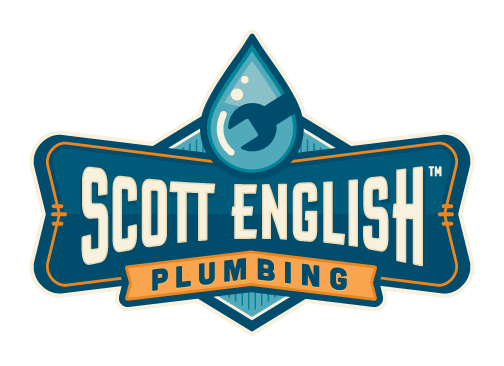Plumbing and Tax Credits
Everyone loves to save money on their federal taxes and there are currently several ways that homeowners can earn tax credits by going green with their plumbing. The current Residential Renewable Energy Tax Credit is scheduled to expire in December of 2016, so you have some time to make a modification to your home.
Taxpayer Credits on Green Home Energy
The current program allows taxpayers to claim a 30% credit on the cost of installing a system into a home in the United States. In order to receive the tax credit, you must actually live in the home. The government wants to know when the installation was completed and currently the systems need to be installed between January 1, 2006, and December 31, 2016, to be eligible for tax credits. The credits can be applied to labor costs that include assembly and on-site preparation, as well as costs applied to installation for pipes or wires. The tax credits can be carried over until 2016 if the credits exceed your tax liability.
Use the Right Products to Earn the Credit
The options for tax credits include installations for geothermal pumps, solar energy systems, wind turbines, and fuel cells. The installations can be completed on newly constructed homes as well as on existing homes that need to be retrofitted or remodeled. None of the tax credits can be used on second homes or on rental property. At this time, the 30% tax credit does not have a cap, except for installation of fuel cells. In order to receive the tax credit, you need to be sure that the installation you want has a manufacturer’s tax credit certification statement which is available on the manufacturer’s website or on the packaging of the product.
What Counts for Credits
The options for the tax credits include the following items:
- Geothermal Heat Pumps: These need to meet ENERGY STAR requirements. Since these change on a regular basis, the government looks at the requirements that were in place at the time the heat pump was installed.
- Residential Wind Turbines: These need to be small, residential options that have provided no more than 100 kilowatts (kW) on the nameplate.
- Solar Water Heaters: These need to have at least 50% of their energy from the sun. They need to be certified by the SRCC (Solar Rating and Certification Corporation) or a similar agency that the government recognizes. The tax credit is not applicable to swimming pool or hot tub solar water heaters. Only water heaters that provide water to the dwelling qualify and the home also needs to have a photovoltaic system for electricity, too. All installations must meet housing code requirements. If a home uses a fuel cell system, there must be a capacity of at least 0.5 kilowatts and an efficiency of at least 30%.
Add a Water Filtration System for Safe and Clean Water
After you have had your energy efficient geothermal or solar water heaters installed, our experts can install a water filtration system so your green water is clean and safe for your family. We can also provide maintenance on your new water systems as well as repairs when accidents happen.
Contact Scott English Plumbing at (714) 987-9801 or (949) 293-2037 with any questions about tax credits and what we can do to help you go green in your home.
